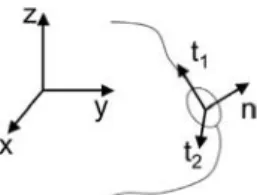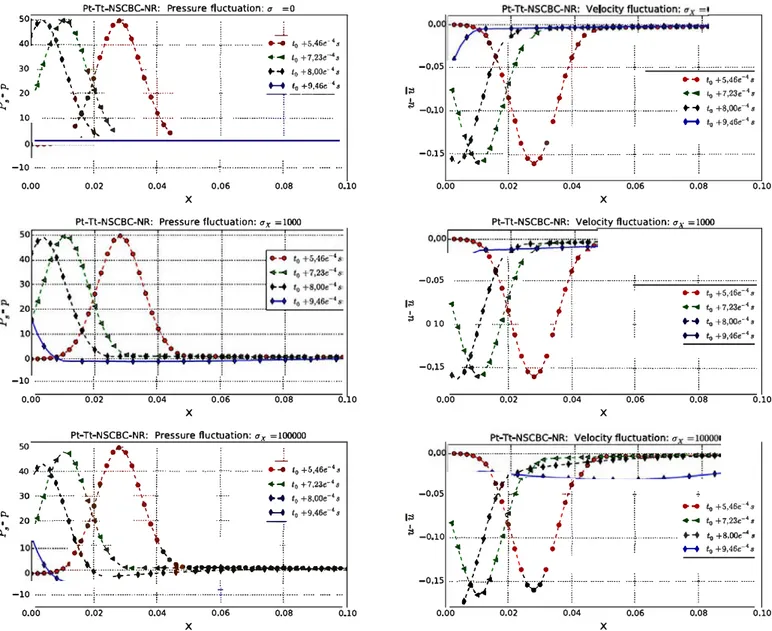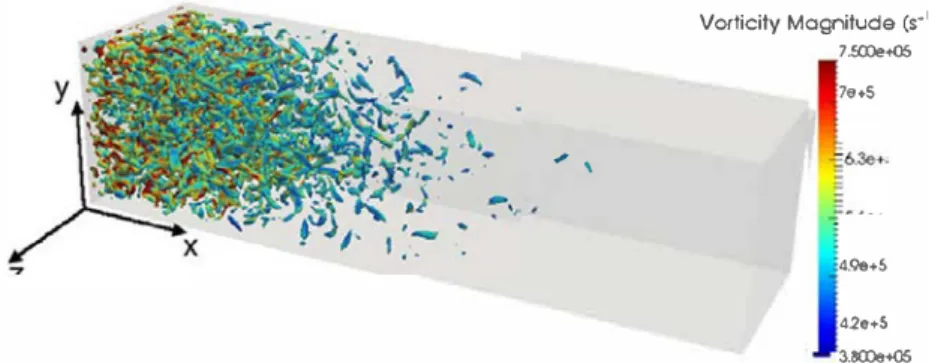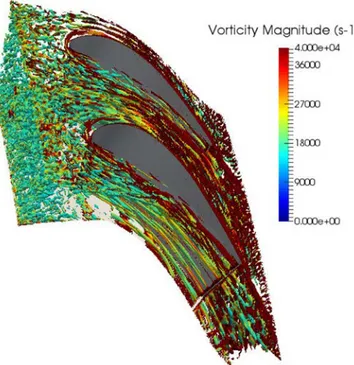A characteristic inlet boundary condition for compressible, turbulent, multispecies turbomachinery flows
Texte intégral
Figure




Documents relatifs
Dans cette nouvelle version, appelée average engaged climber (AEC), les temps d’engagement ainsi que les états considérés comme des pics sont dynamiquement définis et associés
The aim of this work is to derive feedback strategies in the context of water quotas extending the work initiated in [ 9 ], where a simplified crop model is presented to
The chemical source term and the acoustic fluxes at the premixer inlet and chamber outlet are then evaluated to derive a first order approximation of the acoustic energy balance in
At last, the VFRoe-ncv scheme using the variable (ρ, u, P ∗ ) enables to maintain uniform profiles for the mod- ified pressure P ∗ and the velocity u around the contact wave, see
Most numerical simulations dedicated to the aforementioned applications use an incompressible formalism, which does not take into account the compressibility effects and
Please cite this article as: Miyajima, N., Yagi, T., Ichihara, M., Dislocation microstructures of MgSiO 3 perovskite at a high pressure and temperature condition, Physics of the
Provided the initial data are well-prepared, the solution of the numerical scheme converges, as the Mach number tends to zero, towards the solution of the classical pressure
If one assumes that the decision maker values an extra QALY at 750,000 pesetas, risk groups with an attack rate of 0.35% or higher should be vaccinated, if we include both direct





